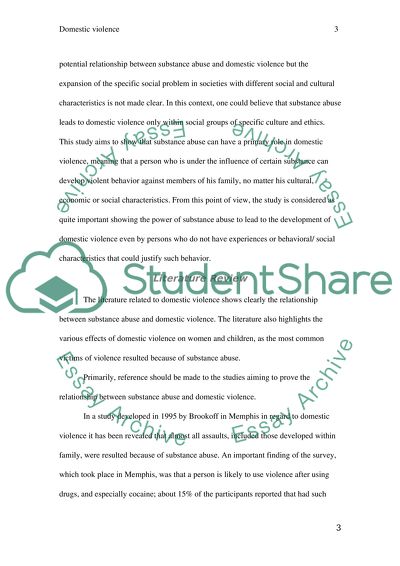Cite this document
(“The effects of substance abuse on domestic violence Research Paper”, n.d.)
The effects of substance abuse on domestic violence Research Paper. Retrieved from https://studentshare.org/sociology/1491966-the-effects-of-substance-abuse-on-domestic
The effects of substance abuse on domestic violence Research Paper. Retrieved from https://studentshare.org/sociology/1491966-the-effects-of-substance-abuse-on-domestic
(The Effects of Substance Abuse on Domestic Violence Research Paper)
The Effects of Substance Abuse on Domestic Violence Research Paper. https://studentshare.org/sociology/1491966-the-effects-of-substance-abuse-on-domestic.
The Effects of Substance Abuse on Domestic Violence Research Paper. https://studentshare.org/sociology/1491966-the-effects-of-substance-abuse-on-domestic.
“The Effects of Substance Abuse on Domestic Violence Research Paper”, n.d. https://studentshare.org/sociology/1491966-the-effects-of-substance-abuse-on-domestic.


